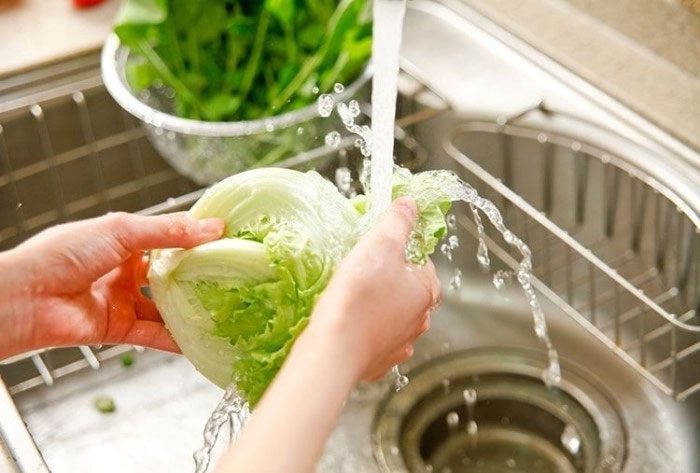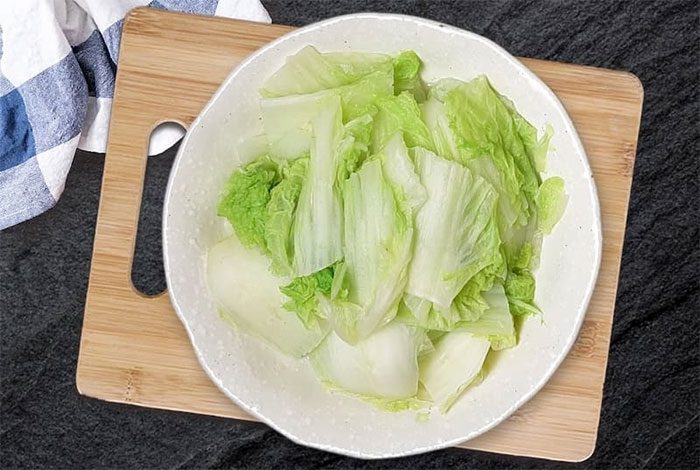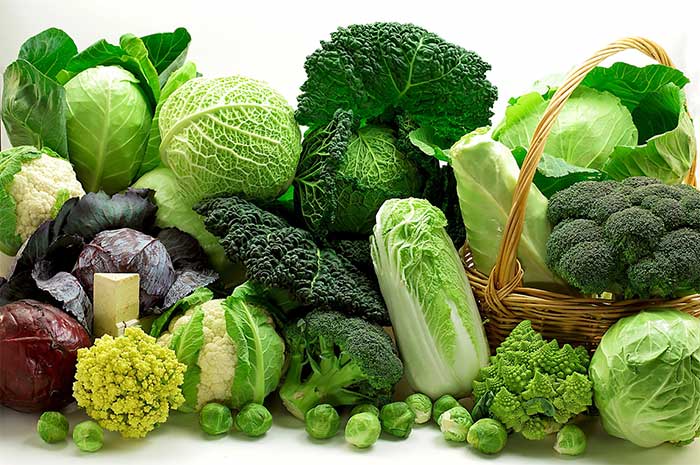Various types of leafy greens are consistently categorized as health-promoting foods. However, while it may seem simple, not everyone knows how to properly consume this group of vegetables!
4 Common Mistakes When Eating Cruciferous Vegetables
Cruciferous vegetables are diverse and commonly used in any kitchen. They include cabbage, bok choy, napa cabbage, broccoli, Brussels sprouts, kale, collard greens, radishes, kohlrabi, lettuce, and watercress.
For a long time, cruciferous vegetables have been classified as beneficial for health due to their high content of beta-carotene, vitamin C, vitamin B2, folic acid, potassium, calcium, magnesium, fiber, and many other nutrients. They can prevent and inhibit tumors, provide antioxidant properties, have antibacterial effects, regulate immunity, aid in weight loss, enhance skin health, and improve digestion.
However, to fully leverage the amazing benefits of cruciferous vegetables, be sure to avoid the following 4 mistakes when preparing and consuming them:
1. Cutting Vegetables Before Washing

Wash cruciferous vegetables before cutting to retain maximum nutrients. (Illustrative image).
Many people have the habit of chopping vegetables before washing them, especially with cruciferous varieties. However, the nutrients in these vegetables can easily be lost if you chop them too finely or wash them too thoroughly.
Therefore, the correct process is to wash the vegetables first and then cut or chop them to ensure that the vitamins remain intact.
2. Overcooking Vegetables

Do not overcook cruciferous vegetables to avoid wasting nutrients and losing flavor. (Illustrative image).
You can steam, microwave, eat raw, or even batter and fry them, but do not boil cruciferous vegetables to mush, as this cooking method destroys most of the cancer-fighting compounds contained within them.
When consumed, a compound found in all cruciferous vegetables called glucosinolate is transformed into isothiocyanate. This compound has the ability to combat toxic and carcinogenic components. “However, boiling any type of cruciferous vegetable for more than 30 minutes will completely eliminate glucosinolate,” a conclusion published in the journal Food Chemistry and Toxicology states.
Experiments conducted by biochemists Paul Thornalley and Lijiang Song showed that boiling resulted in a loss of 77% of glucosinolate in broccoli, 75% in cauliflower, and 65% in cabbage. In contrast, frying, steaming, or microwaving resulted in negligible losses of glucosinolate.
Thus, all types of cruciferous vegetables should not be overcooked, especially boiled too long. It is advisable to cook quickly over high heat to retain maximum fiber, moisture, and nutrients, particularly for those rich in cancer-fighting components like kale, radishes, kohlrabi, and watercress.
3. Leaving Overnight or Reheating Multiple Times

Eating cruciferous vegetables left overnight or reheated multiple times can lead to poisoning. (Illustrative image).
Cruciferous vegetables, especially those with dark green colors, should not be left overnight or reheated multiple times after cooking. While they are rich in vitamins and beneficial for health, many people tend to save leftovers for the next day, unaware that they may be harming their family.
This is because when left overnight or exposed to air for too long, they can produce nitrites, a substance recognized by the WHO as potentially carcinogenic. Additionally, the vitamins and folate in dark green vegetables are very sensitive to heat. When reheated a second time, these nutrients can be destroyed, creating toxins for the body.
Do not assume that wrapping vegetables tightly in the refrigerator is safe enough. In fact, refrigerators can harbor many bacteria. When storing cooked cruciferous vegetables, the risk of contamination from raw foods, mold, and existing bacteria in the fridge is very high. Therefore, it is advisable to consume cruciferous vegetables within 4 hours after cooking, especially in summer.
4. Not Everyone is Suitable for Cruciferous Vegetables
While the benefits of cruciferous vegetables for human health are undeniable, not everyone is suitable for consuming this group of vegetables.
In particular, certain groups of people should limit or ideally avoid cruciferous vegetables:
- People with constipation, gastrointestinal inflammation, or stomach pain: should not consume large amounts of cruciferous vegetables and should only eat them when cooked. Absolutely avoid pickled or fermented cruciferous vegetables in any form.
- People with kidney disease: should avoid cruciferous vegetables, especially cabbage.
- Patients with hypothyroidism: should not eat cruciferous vegetables in any form, as they contain high levels of vitamins A and K which can affect thyroid function.
- Pregnant women with acid reflux: should eat little or no dishes made from cruciferous vegetables, especially those that are stir-fried with a lot of oil or heavily seasoned soups.
Additionally, some individuals may experience allergic reactions or digestive issues when consuming cruciferous vegetables. Those taking antibiotics or pain relievers containing acetaminophen should also avoid this vegetable group, as cruciferous vegetables, particularly napa cabbage, contain indole which may reduce the effectiveness of the medication.



















































